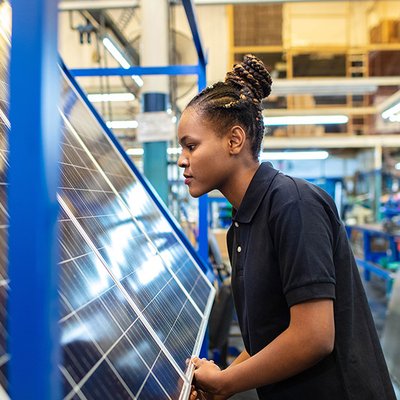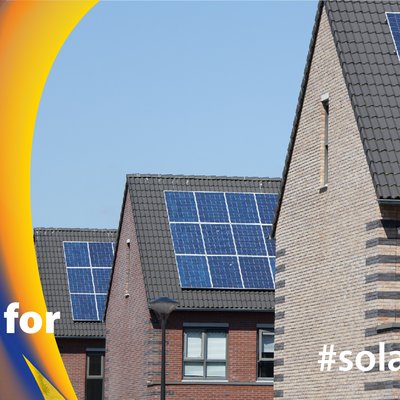Solar demand is soaring across the world, but integrating substantial new capacity of variable solar power into electricity grids does not come without its challenges.
For utility-scale projects, in many cases solar-generated electricity must be carried through long-distance transmission lines, with limited capacity to reach the demand and increasing the chances of curtailment. The lack of available grid connections and transmission infrastructure poses a significant bottleneck to the scaling-up of solar in many countries.
For small-scale solar projects, their distributed nature may not fit with outdated grid management systems. But managed correctly, distributed solar PV can bring many benefits to a country’s energy system by reducing the need for additional transmission lines by bringing the supply closer to consumption, and allowing the integration of many flexibility measures.
Developing an integrated strategy that coordinates grid upgrades with capacity addition schedules is key to avoiding curtailment of solar projects and creating market certainty for investors.

The IEA estimates that to meet climate targets, grid investment must nearly double by 2030 to over $600 billion annually.
GSC’s work on Grids
The GSC has created a Grids Workstream to proactively address any challenges or potential bottlenecks that could risk the deceleration of solar deployment in countries across the world. The workstream develops best practices and recommendations for policymakers to plan for integrating more solar power, working with a strong network of both private and public stakeholders such as Transmission System Operators (TSOs) to deploy these solutions.

![Global Solar Council [logo]](/static/images/gsc-logo-horizontal.svg)



